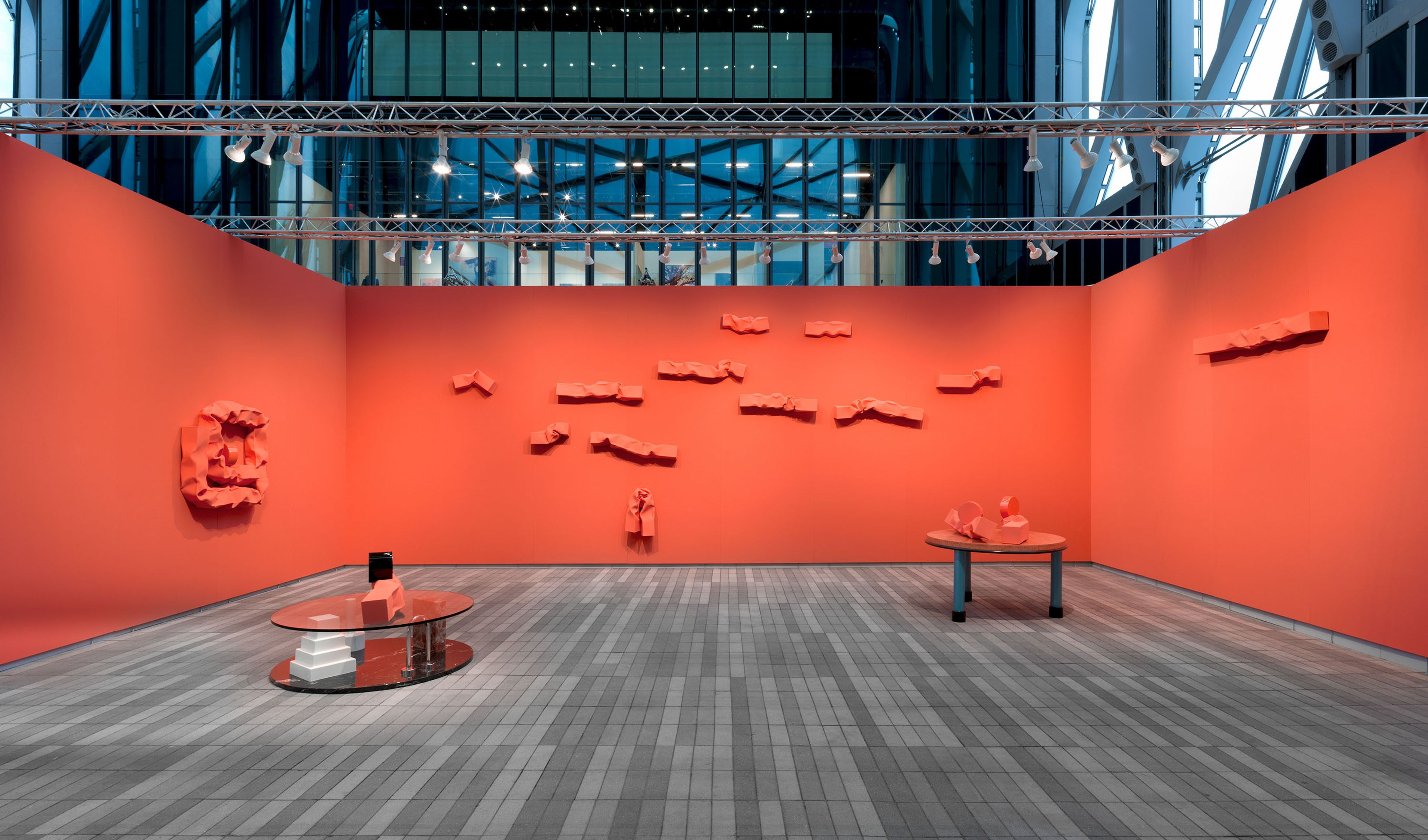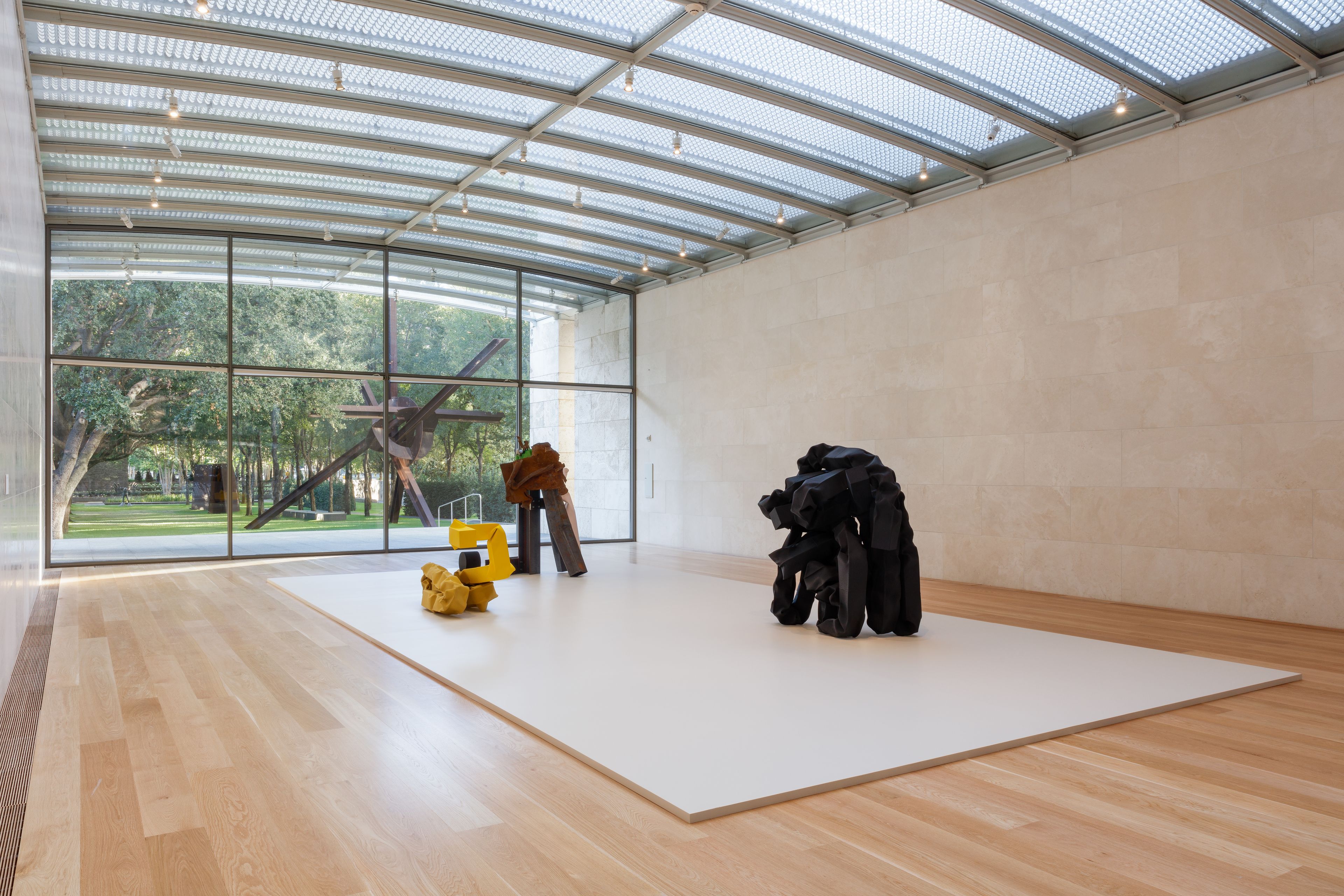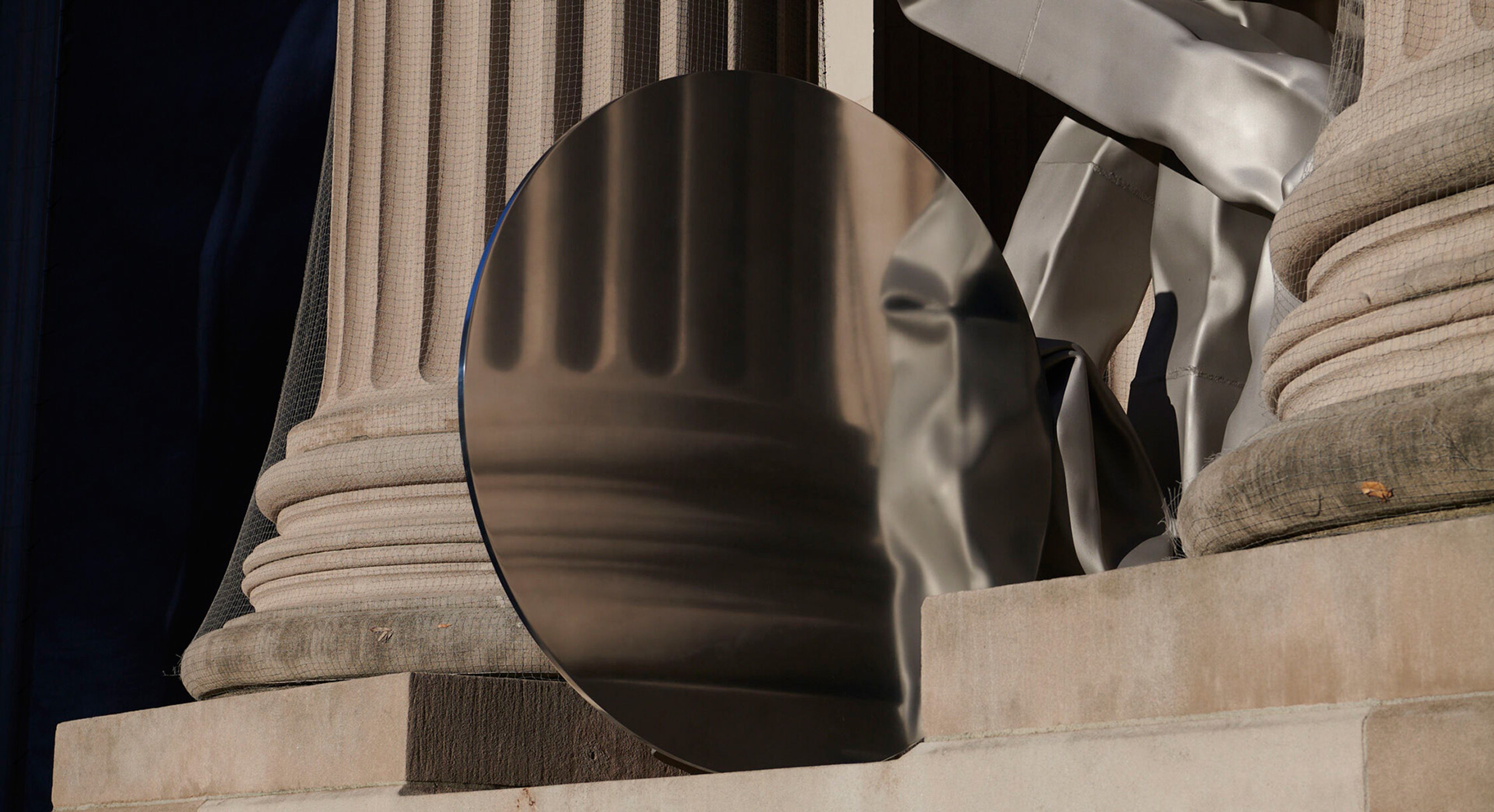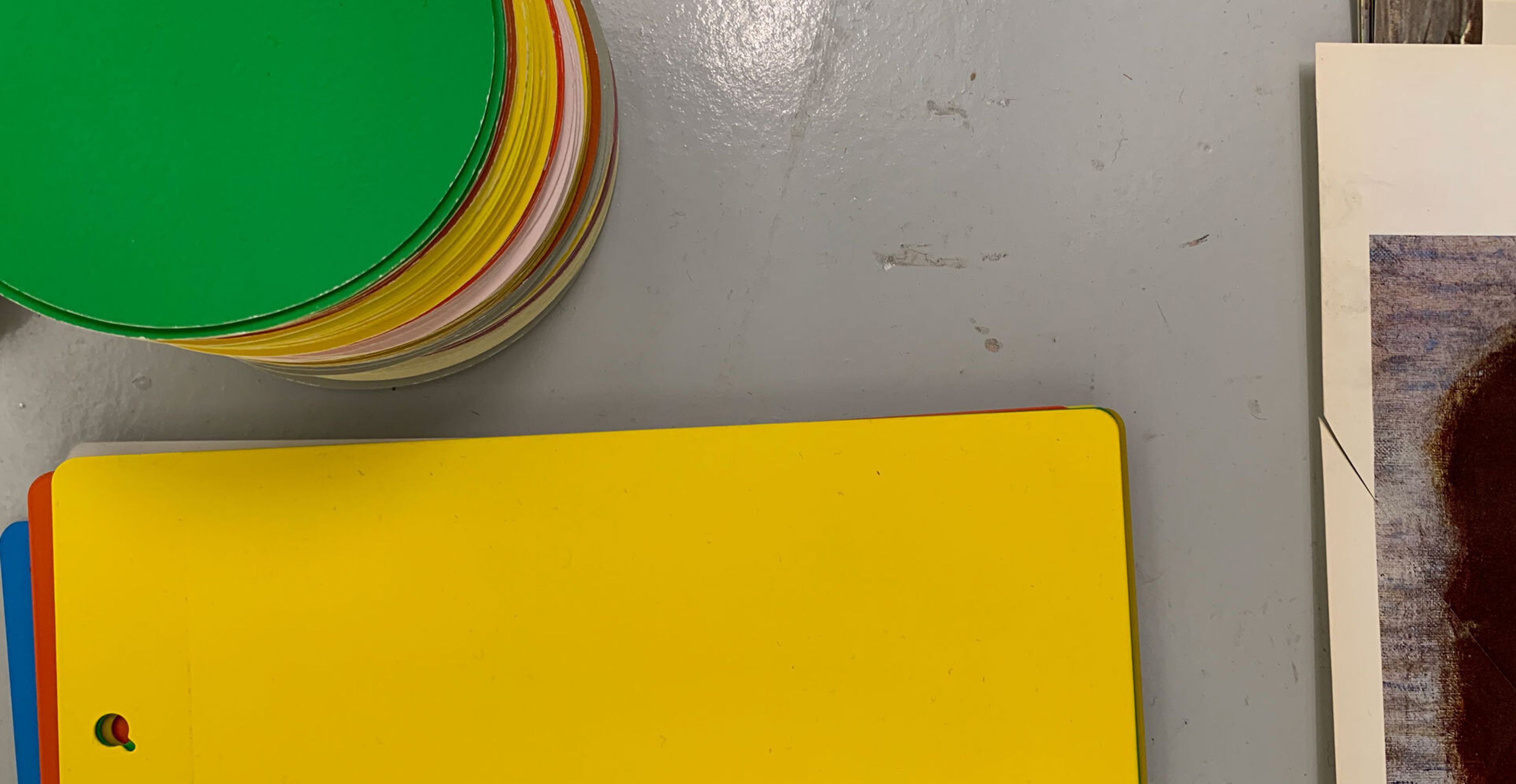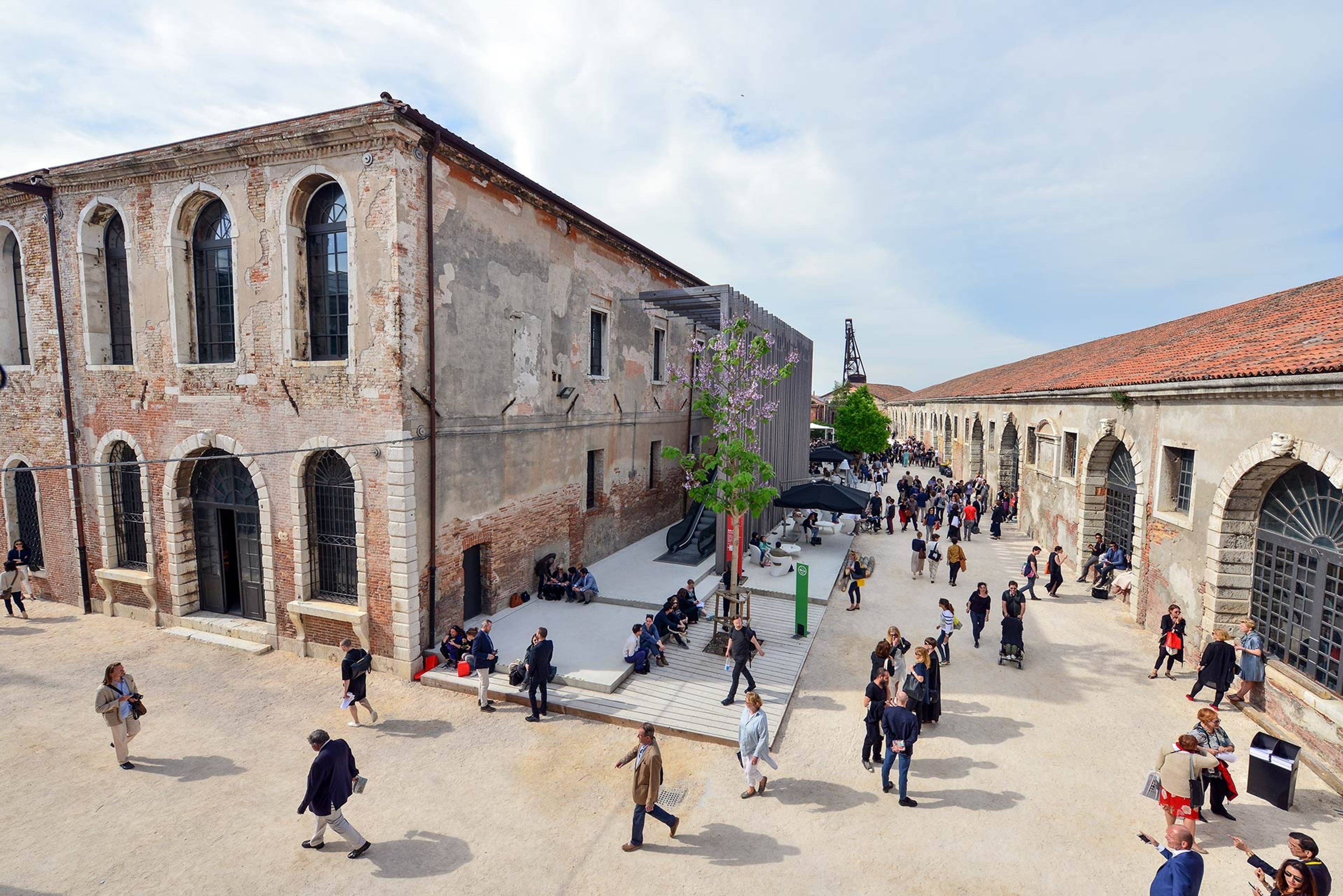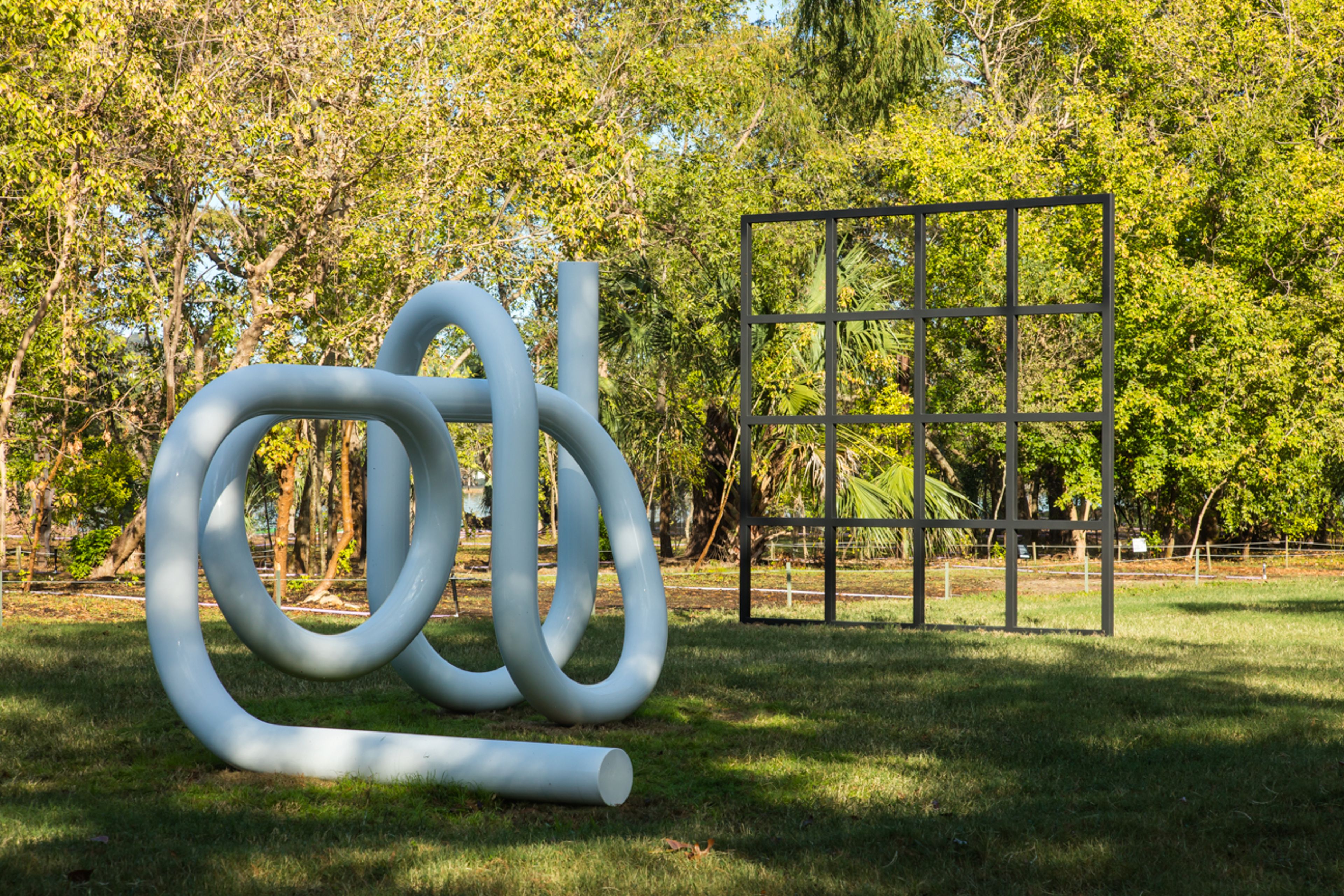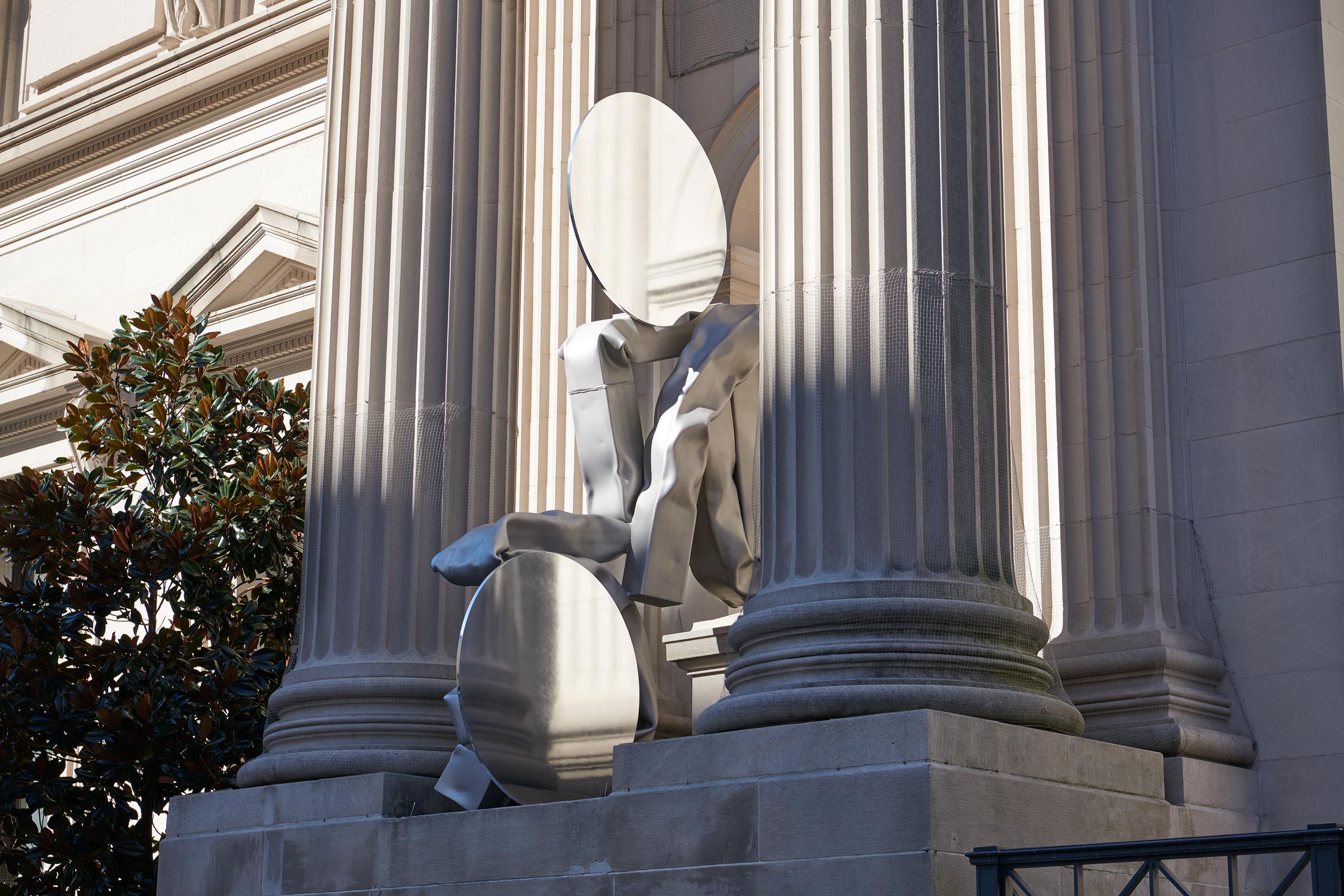Carol Bove
Known for works that incorporate found and constructed elements with a unique formal, technical, and conceptual inventiveness, Carol Bove stands as one of the foremost contemporary artists working today; her work has consistently challenged and expanded the possibilities of formal abstraction.
Learn MoreExhibitions
Explore Exhibitions
Artist News
Biography
Known for works that incorporate found and constructed elements with a unique formal, technical, and conceptual inventiveness, Carol Bove stands as one of the foremost contemporary artists working today; her work has consistently challenged and expanded the possibilities of formal abstraction.
Born in 1971 in Geneva, Bove was raised in Berkeley, California, and studied at New York University. Between 2009 and 2013, she was a clinical associate professor of studio art in Steinhardt’s Department of Art and Art Professions at NYU. The artist joined David Zwirner in 2011. In 2015, The Plastic Unit marked her first solo exhibition at the gallery’s London location, which was followed in 2016 by Polka Dots, her first solo show with the gallery in New York. The artist’s third solo exhibition at the gallery was presented in London in 2018. In 2019, Ten Hours marked the artist’s fourth solo presentation with the gallery and her first in Asia. Two concurrent exhibitions of the artist’s new work, titled Chimes at Midnight and Carol Bove, were on view at the West 20th Street and 69th Street locations in New York in 2021. In 2022, David Zwirner, Paris, presented Carol Bove: Vase/Face.
In 2021, four works by the artist were installed in the façade niches of The Metropolitan Museum of Art. Titled Carol Bove: The séances aren’t helping, it was the second in a new series of site-specific commissions for the museum. From 2021 to 2022 two of Bove’s sculptures, The Bicycle (2016) and Will’s Dog (2017) were on long-term view at the Whitney Museum of American Art, New York. At the Nasher Sculpture Center in Dallas, a presentation of Bove's work, Carol Bove: Collage Sculptures, was on view in 2021.
Bove’s work was on view in 2019 alongside John Chamberlain’s in a two-person presentation at the San Francisco Museum of Modern Art. Also in 2019, the artist was selected to participate in the 58th Venice Biennale, which featured a focused selection of recent work. In 2014, The Henry Moore Institute, Leeds, with Museion, Bolzano, Italy, and Museum Dhondt-Dhaenens, Deurle, Belgium, organized an exhibition with Carol Bove and Carlo Scarpa. Venues that have hosted significant solo exhibitions include The Museum of Modern Art, New York (2013); The Common Guild, Glasgow (2013); Palais de Tokyo, Paris (2010); Tate St Ives, England (2009); Blanton Museum of Art, The University of Texas at Austin (2006); Kunsthalle Zürich (2004); and the Institute of Contemporary Art, Boston (2004). The artist’s first major museum presentation was held at Kunstverein, Hamburg, in 2003. Group exhibitions featuring Bove’s work include the 58th Venice Biennale (2019); the 57th Venice Biennale (2017); documenta 13, Kassel, Germany (2012); the 54th Venice Biennale (2011); and the Whitney Biennial, Whitney Museum of American Art, New York (2008). The artist’s large-scale sculptures are often exhibited outdoors and in public spaces. In 2020, four of Bove’s works were installed on the Claremont McKenna College campus in Claremont, California. At the 2018 edition of Unlimited at Art Basel, Bove debuted a monumental sculpture. In 2017, the artist’s sculptures were installed in the Betty and Edward Marcus Sculpture Park at Laguna Gloria, The Contemporary Austin. That same year, her work was on view in Women of Venice at the Swiss Pavilion at the 57th Venice Biennale, where she was invited to respond to the legacy of Swiss artist Alberto Giacometti. Bove’s steel-beam sculpture Lingam (2015) was installed in City Hall Park in New York as part of the 2016 group exhibition, The Language of Things, organized by Public Art Fund. In 2013, she created a series of sculptures for the High Line at the Rail Yards in New York.
Work by the artist is represented in permanent collections worldwide, including the Crystal Bridges Museum of American Art, Bentonville, Arkansas; Fonds régional d’art contemporain (FRAC) Nord-Pas de Calais, Dunkirk, France; Institute of Contemporary Art, Boston; The Museum of Modern Art, New York; Princeton University Art Museum, New Jersey; San Francisco Museum of Modern Art; Wadsworth Atheneum Museum of Art, Hartford, Connecticut; Whitney Museum of American Art, New York; and the Yale University Art Gallery, New Haven, Connecticut. She lives and works in New York.
